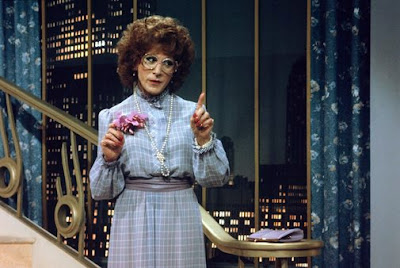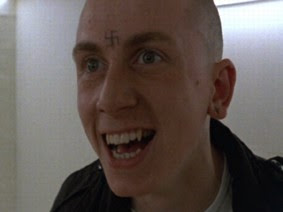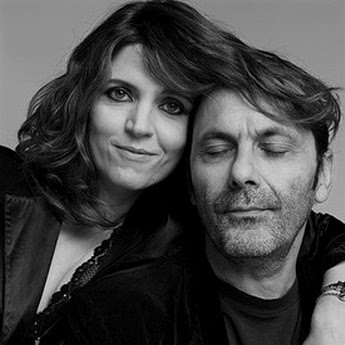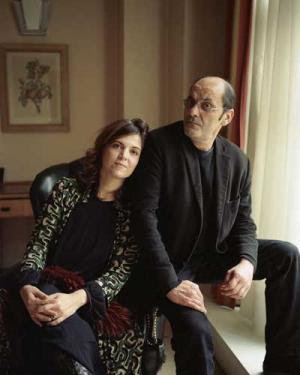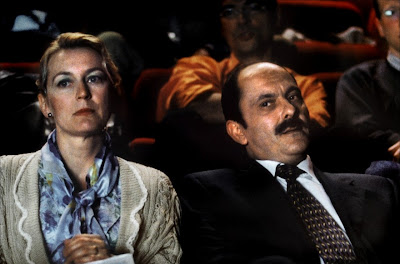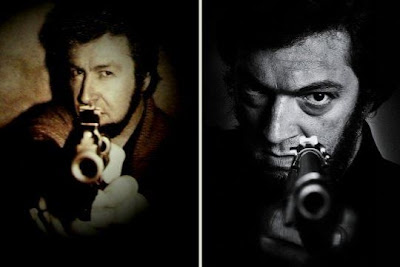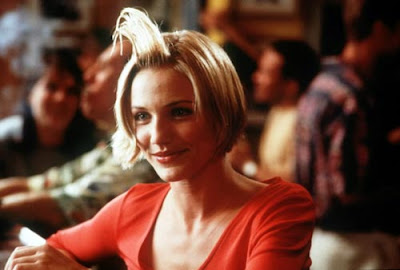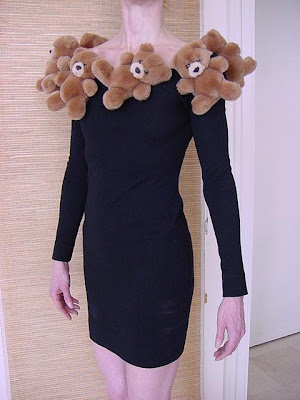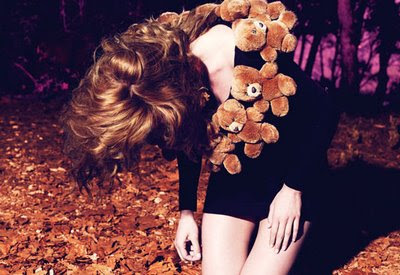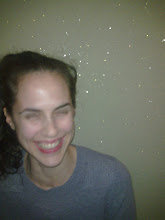
Following the doctor's orders (Robert Mackee), and
my own deadlines, I took on myself the exercise of analyzing the structure of "Meet the Fockers". My main purpose here is to study the rhythm of a comedy and see how a movie develops step by step. "Meet the Fockers" is not the most classic choice because it's a sequel – which means that a lot of the setup was actually done in a previous film. The reason I chose this movie after all is that like in my own screenplay, "Meet the Fockers"'s story revolves around the dynamics between a couple and the parents of each side. It isn't on my funniest comedies list, but considering its story and its success, it's certainly a must for my research.
A quick reminder before we dig in: "Meet the Parents" was about a male nurse meeting his girlfriend's parents for the first time, and struggling to get her strict father's approval. "Meet the Fockers", the sequel, sees the same couple when they are already engaged. In order to plan the wedding, their parents meet for the first time: the girl's conservative parents vs. the guy's free minded and spirited parents.
The main characters are Gaylord "Greg" Focker (Ben Stiller); his fiancée Pamela "Pam" Byrnes (Teri Polo); Gaylord's parents: Bernard "Bernie" Focker (Dustin Hoffman) and Rosalind "Roz" Focker (Barbra Streisand); Pam's parents: Jack Byrnes (Robert De Niro) and Dina Byrnes (Blythe Danner).
"Meet the Fockers" structure analysis:I timed the movie, wrote down all the scenes, and tried to find the turning points. A turning point is usually defined as a surprising development that ends an act, by radically changing the hero's positioning.
While studying the film, I realized that although the relationship between the two couples of parents take a big part of the story's time and jokes - which gives the impression of an ensemble comedy – it is not truly the center of the movie. The main plot, as in "Meet the Parents", is the relationship between Gaylord and Jack: Gaylord's efforts to make Jack accept him, and Jack's continuous tests that are meant to break Gaylord and prove that he's not worthy of entering Jack's "circle of trust" and marrying Pam.


Here are the main plot's turning points, as I see it:
0:10:05What happens: Gaylord finds out that Pam's parents had planned for the 4 of them (+ Pam's nephew) to travel in a trailer (instead of by plane), thus arriving earlier than Gaylord has intended, and spending more time with his parents than he wanted.
Consequenc: Gaylord lost control over this weekend, Jack took over.
0:34:49What happens: Gaylord finds out Pam is pregnant. He panics because he knows her father will hate him for getting her pregnant before they got married. They decide not to tell Jack till after the wedding, and to try to have the wedding earlier than planned. Gaylord panics again because this means he will have to hide something from Jack, thus betraying Jack's "Circle of trust".
Consequence: Till now, this weekend was focused on making sure the parents get along. Now there's a new threat on Jack's and Gaylord's relationship – what will happen when he finds out she's pregnant?
1:04:01What happens: Jack meets Jorge, the 15 year old son of the Fockers' house keeper, who Gaylord lost his virginity to 15 year earlier. He sees a physical resemblance, and decides Jorge is Gaylord's son.
Consequenc: Jack has a new weapon he can use against Gaylord: the 15 year old son he's been hiding from Pam and her family
1:26:21What happens: At the engagement party Gaylord's parents organized, just before Gaylord's speech, Jack injects him with a truth drag. Jack does it to make Gaylord confess that Jorge is his son, which he does, but he also announces that Pam is pregnant in front of a room full of party guests.
Consequenc: Jack succeeded in proving that Gaylord betrayed his trust. Not only did he hide a 15 year old child, but he also got Pam pregnant and kept it a secret. Jack gives up on Gaylord and is ready to abort the wedding. He's leaving the next day.
1:38:18What happens: Jack gets a phone call from a lab, telling him the results for the DNA test he ordered: Gaylord is not Jorge's father.
Consequenc: He realizes his instincts were wrong in this case, and if he was wrong here – maybe he was wrong all along with the way he handled his family. He turns the trailer around and goes back to the Fockers' house.
The conflict between the two couples of parents, as I see it, is only a subplot in "Meet the Fockers". As crazy as it gets, it's only a sidekick in Gaylord's and Jack's relationship. This basically means that the main plot is somewhat hidden in a louder commotion – or at least that's how I see it.

What did I learn here? It mostly gave me a sense of what a list of movie scenes looks like, that is, how a screenplay looks when it's compressed to actions only, without dialogue. I'm sure that studying the scenes order and timing, and the main plot-subplot dynamics, will be helpful later on when I finalize my own scenes list. Also, the more movies I study this way, the bigger the benefit will be. It also got me thinkng about my characters.
Reflecting on the female characters in "Meet the Fockers"This movie has six main characters: all three male characters are comic, while on the female side only one character is: Roz (Barbra Streisand, Gaylord's mother) is funny, but Pam (Teri Polo, the fieancee) and Dina (her mother) are extremely dry and dull.
This gets me thinking: Must there be a "dull" character in every comedy, as some sort of balance to the "crazy" characters? And if so, must it be a woman?
My conclusion: My leading female characters are all going to be funny and eccentric. No nice and characterless women in my screenplay.

Appendix As a young girl I used to hate Ben Stiller because he was the bad guy on "Reality Bites". Living outside of the US, I wasn't aware of the Ben Stiller show, so for me Stiller was simply the guy from "Reality Bites".
When I think of it today, he wasn't the bad guy, he was the uncool guy. Ethan Hawk, the guy with the shitty attitude, who wouldn't shower but would break your heart, he was the cool guy, right? I haven't seen "Reality Bites" for years, but I did see it many times as a teenager, so I think I remember enough of it to know I wouldn't enjoy it today (especially Winona Ryder's mannerism). But I did love the movie back then, and loved Winona and what she wore in it, so had I realized that Stiller directed it, I'm sure that would have changed my attitude towards him.
As I grew up, I realized that Ethan Hawk is not the heart breaker movies told us (girls) he was, and that Ben Stiller is in fact a very uniquely funny guy. Plus, he's been going through a serious makeover lately. This is Ben Stiller looking very dandy at Wimbeldon last week.



